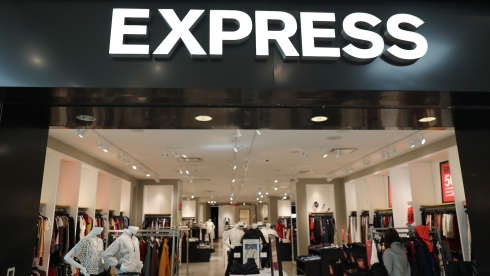In an effort to improve educational offerings, some school districts across the country have taken up President Obama on his recent efforts to spur academic achievement. His Race to the Top initiative seems like a positive push that a lot of states could use. But when winners of the educational competition were announced in November, New York City — an obvious contender — was not among the victors.
In fact, in the nationwide initiative, which awarded $40 million to 16 school districts that proposed the most effective goals for academic achievement, New York City ranked 43rd out of 371 competitors. According to a NY1 report, the Big Apple almost made the cut, but two key details were missing in the application: a schedule implementing the possible changes and a description of who would lead these new programs. In addition, one Race to the Top reviewer charged that the educational goals the city’s schools chancellor, Dennis Walcott, had proposed were too limited in scope.
A major part of Walcott’s plan was that city educators would aim to decrease the graduation-rate disparity between whites and blacks by 2 percent over the next six years. In New York City public schools, the graduation rate for white students is 21 percent higher than for black students. “We continue to set an ambitious agenda, as far as not just the achievement gap but giving all of our students high-quality schools,” Walcott told NY1.
Shrinking the graduation gap was just a part of the plan, though. Other objectives included coordinating high school- and college-readiness efforts, incentivizing teachers to encourage mentorship and dismissing ineffective instructors.
The New York proposal speaks to a larger national issue — closing the achievement disparity between white students and their black and Latino peers. Education experts that The Root interviewed have explained that there are a few root causes for the difference in academic success. In some cases, blacks and Latino youths don’t have the proper means to access top public or private schools. In addition, they often face apathetic teachers and are more often subjected to harsher disciplinary actions.













